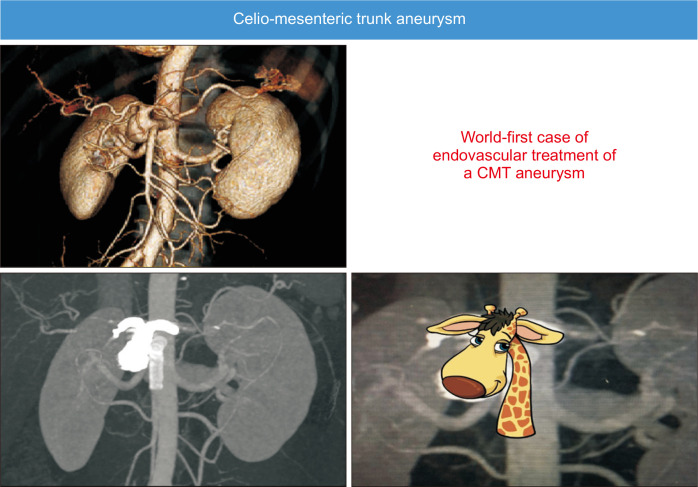When Encountering a Rare Vascular Disease, Report and Share your Experience: Six Reasons to Publish a Case Report in VSI.
IF 0.8
Q4 PERIPHERAL VASCULAR DISEASE
引用次数: 0
Abstract
Approximately 20 years ago, when I started my career as a vascular surgeon after fellowship training, I received an emergency call for a 52-year-old female with flu-like symptoms, fever, and painful swelling of her left neck and arm for 8 days. She had no history of trauma or central catheterization. Contrast-enhanced computed tomography revealed extensive acute thrombosis in the left internal jugular and subclavian veins. I had never seen such extensive venous thrombosis before. No one around me knew about this disease. I searched vascular textbooks; however, none were helpful. I proceeded to search the PubMed database using the search terms “thrombosis subclavian vein internal jugular vein.” It revealed more than 200 articles, the abstracts of which I read, concentrating on and searching for answers regarding diagnosis and treatment. Finally, I found an article dealing with Lemierre syndrome that exactly matched the clinical presentation of my patient. It took about 2 hours, and I left work with a happy heart after ordering antibiotics and anticoagulants. The following day, I attempted a more aggressive treatment approach via aspiration thrombectomy to obtain samples of infected thrombi for microbiological culture and to decrease the thrombus burden for earlier recanalization. However, the thrombi were thick and adhered to the vessel wall due to inflammation, and the retrieved thrombi revealed no microorganisms. After 6 weeks of antibiotics and 3 months of anticoagulant therapy, the veins completely recanalized, and her symptoms disappeared. Later, I realized that thrombolysis could be dangerous, causing multiple septic emboli, pneumonia, or systemic abscesses. After experiencing this rare case, I published a case report to share my knowledge [1]. This case report has been cited by at least 6 doctors and has helped more patients. Herein, I would like to summarize why case reports of rare vascular diseases are needed, and how to write a good case report.

当遇到罕见的血管疾病,报告和分享你的经验:在VSI上发表病例报告的六个理由。
本文章由计算机程序翻译,如有差异,请以英文原文为准。
求助全文
约1分钟内获得全文
求助全文
来源期刊

Vascular Specialist International
Medicine-Surgery
CiteScore
1.10
自引率
11.10%
发文量
29
审稿时长
17 weeks
 求助内容:
求助内容: 应助结果提醒方式:
应助结果提醒方式:


